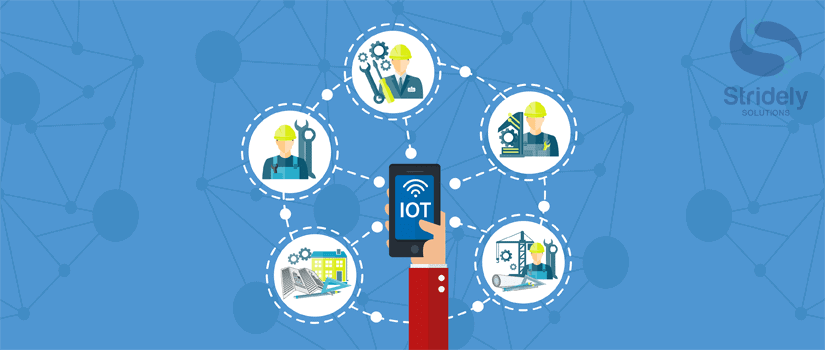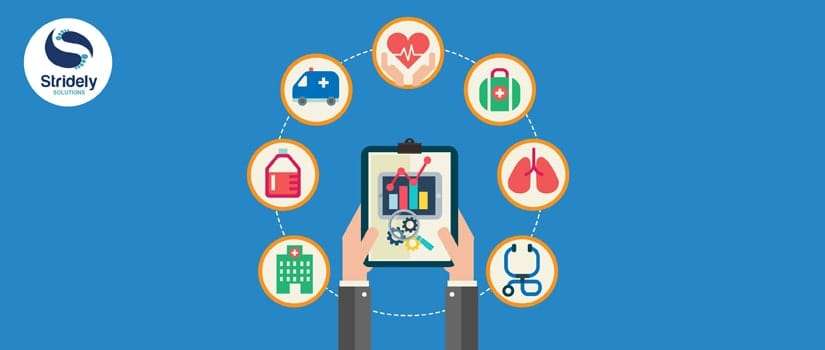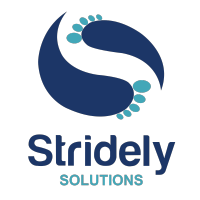Manufacturing made smarter with IoT Driving Operational Efficiency

Internet of Things is driving manufacturing at the edge of revolution towards smarter and connected factories. Companies that are taking the advantage of IoT into their operations can really unlock the true business value.
Predictive Analytics in Healthcare

There is no surprise that 2019 is revealing a confined demand for rising healthcare industry, and analytics that are operating higher efficiencies. Modernization in healthcare has resulted in ever-increasing biomedical knowledge bridging the gap between doctors, physicians and patients while diagnosing and treating.

